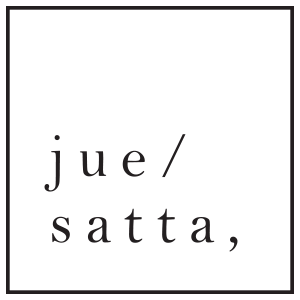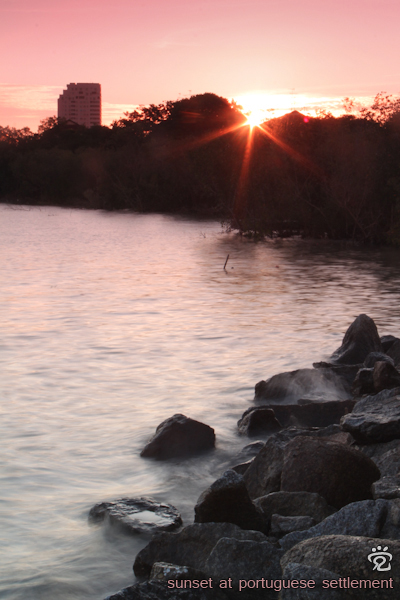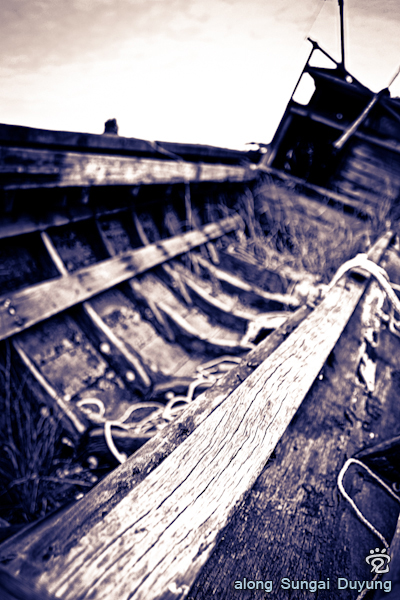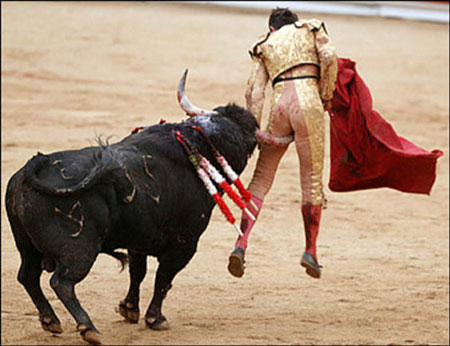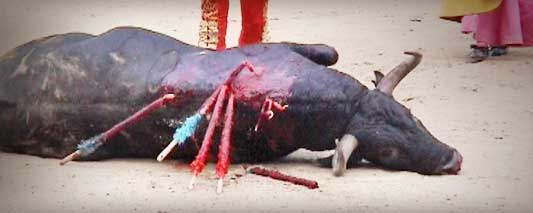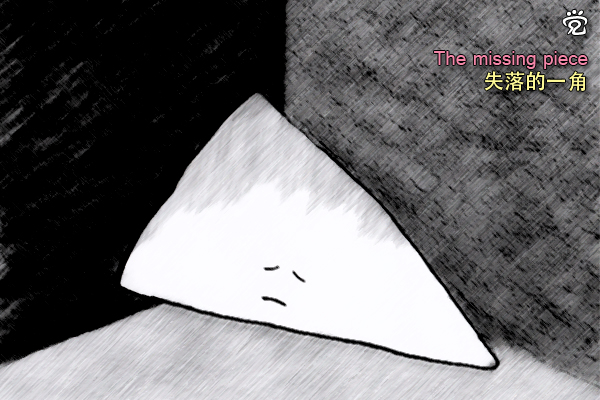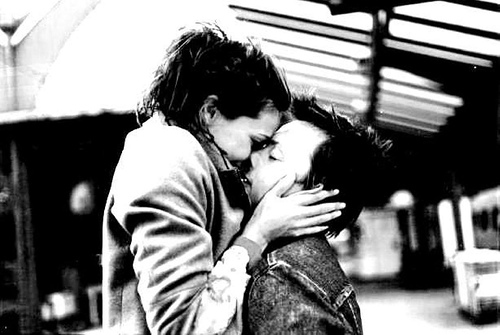When the Portuguese conquered Melaka back in the 16th century, some of the soldiers married with the local Malay women and for some possibly Indian or Chinese. And their decendants, who is called Kristang ethnic founded their own settlement in 1930s by purchasing 11 hectares of land in Ujong Pasir with the purpose of creating a haven for scattered Kristang and their culture.
Initially the fishing village was known as Saint John’s village. It was a swampy land with 10 wooden houses with earth floors and attap roofs built. The villagers live along the coast as fishermen and soon the village attracted additional Kistang from all over Malaysia. The village then grew to become on of Malacca’s main tourist attractions today.
Portuguese Settlement is very near to my house, 5 minutes drive away. I remember when I was young I’d love to cycle there with my friends often to visit our Kristang friends living there. Their homes had the shore right behind them and there was a long jetty built of rows of plank supported by stilts constructed as platform for the fishers to dock and undock. It always seemed to be collapsing, yet a beautiful and scenic place for us to hang out. Today we can no longer seeing the wooden jetty.
Recent reclamation project in Malacca extended the shore of Portuguese Settlement, creating new land, building a hotel, replaced the wooden jetty with a cement paved walkway and a new stretch of seafood restaurants which offer delicious Portuguese style seafood. As a result of this the standard of living of the villagers is improving. However, the villagers no longer enjoy a sea front view of the Straits of Malacca behind their homes.
Today while having some free time in the afternoon, I rang up Angel Wee to shoot sunset photos and I provided her with two options which were Portuguese Settlement and the Eye of Malaysia. She happily agreed to join and chose Portuguese Settlement for the shooting location as the place is not too far from her house compared to the Eye of Malaysia.
We arrived there in a good time and spent an hour snapping the photos the sunset there, really beautiful sky with layers of hues blending in complexity above the horizon. Besides we were also getting some shots of the new jetty walkway and the people there. Lucky to have met two lovely and friendly little girls who were from China and came here to visit, they were curious on what we were doing. Angel asked them to be our models as they were really cute and photogenic and they couldn’t resist.
Soon it came to dusk when the sun disappeared below the horizon. We ended our shooting session with a sweet and sour mango juice bought from one of the stalls of the seafood restaurants. It tasted so good and refreshing, and it cheered up the beginning of a beautiful night.
The whole shooting session was pleasant and I learned so many things from Angel. I really loved some of her shots she took with nice lighting effects and good composition. Thanks to Angel for being my company and my teacher, and I hope we have a chance to go for another phototaking again.
May all beings be happy. Sharing some of my shots:
